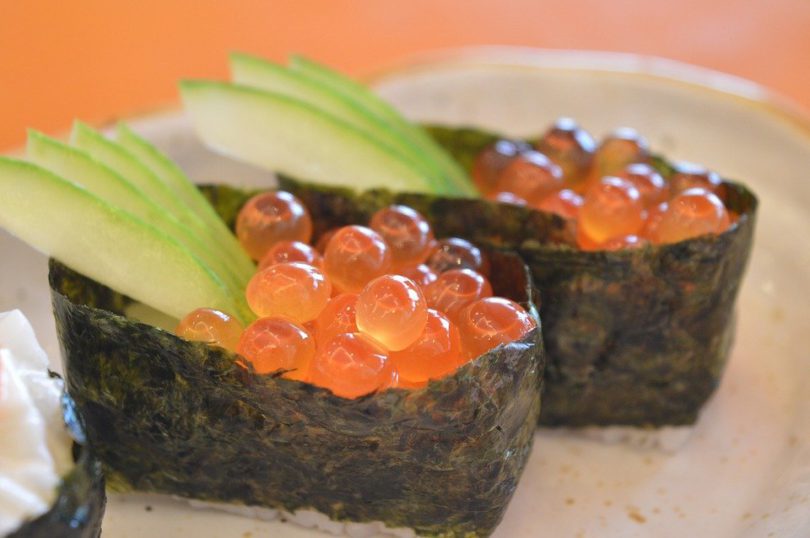Scientists are taking giant strides in developing an alternative protein. The latest and greatest step is plant-based fish and seafood. In this article, Sylvian Jouet, the Global Product Manager, Meat Substitutes, Fish and Seafood talks about the pros and cons of a new product and talks about the potential success and problems of manufacturers that make such meat.
The principal argument of the supporters of the development of artificial fish is to save the planet from an ecological catastrophe and humanity from hunger, as well. Fishing on an industrial scale seriously harms the ecosystem. According to futurists, by 2050, humanity will face a global food crisis that each of us will feel. The UN predicts that by this time 10 billion people will live on Earth, and the resources of the planet simply will not be enough to feed everyone. Some scientists say that replacing animal products with plant foods and making food virtually out of thin air could solve this problem. Now scientists who created fish are struggling to bring the taste and consistency of the product closer to natural.
Where Do The Ingredients Come From?
For fish and seafood substitute manufacturers, high protein soybeans are the preferred choice. The low cost of soy makes it a very attractive source, but there are pitfalls: soy is an allergen, so it is not suitable for everyone. The second product for making vegetable fish is peas. Producers use soy or peas as the major product for plant-based fish. Other popular vegetable proteins are combinations of sheep, chickpeas, lentils, beans, and beans. Also, manufacturers use seaweed for shellfish substitutes. They accurately mimic the texture of real shrimp and an alternative to squid, lobster, shrimp. The biggest disadvantage of all the above ingredients is the low protein levels they contain.
Taste Is The Primary Value
But another problem arises: the taste of these ingredients is not as similar to real fish as the producers would like. Manufacturers achieve the correct feeling in the mouth by adding starches and gels with a protein base. Manufacturers also add additional flavors that completely repeat the flavors gained through cooking: smoked fish, fried, canned, boiled or raw.
Visual Appeal Is The Key
Another point for making plant-based fish is visual appeal, which is extremely important in food. To achieve this goal, manufacturers bleach a vegetable protein base, the color of which ranges from beige to yellow. Salmon requires color from orange to pink, red. This color change becomes a real problem because of the complexity of the food matrices in these foods. Also, preserving the environment and health are key considerations for consumers and therefore natural vegetarian colors are a must. Plant products from fish and seafood are one of the most trending interesting novelties in the plant’s field world. Algae proteins derived from algae are currently of great interest as a protein base for foods. Algae protein solves all potential problems, as it has an additional flavor profile. While there are several challenges for large-scale global production — for example, the costs of scaling — the plant-based seafood segment is likely to be a future development area. Nutritionists expect cell culture research, which is currently underway, to become fertile ground for plant production.

